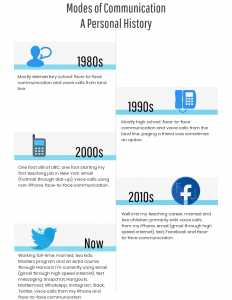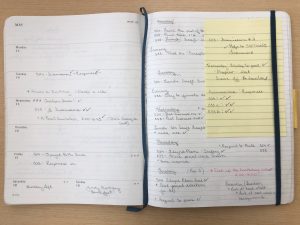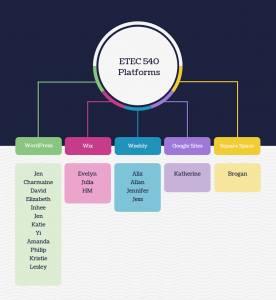An Emoji Story by Brogan Pratt
I grew up on a small blueberry farm in Pitt Meadows with my parents and brother. As a child, I only traveled outside of British Columbia once during a family trip to Disneyland. My town had one high school and only a handful of students went on to University after graduating. Needless to say, my experiences growing up didn’t provide much opportunity in terms of developing reference points.
After graduating from UBC in 2003, I headed to Manhattan to teach for the New York Board of Education. For a year, I lived in Spanish Harlem (2nd and 116th) and worked at Public School (PS) 178 in Washington Heights. I didn’t know anyone, but made the most of the experience and saw as much of New York as I could during that PRE-SMARTPHONE era (I had a paper map in my purse for a year). The following year, I moved to Los Angeles. I lived in Koreatown which is just off of Wilshire, between downtown and Hancock Park (The Grove). I worked for a private Episcopal school just down the street, which served many families in the “industry” (TV, film, movie). I spent six years living and working in LA.
Reference Points
After living in the United States for a few years, I began to notice a shift in my ability to recognize and understand a variety of references. It was like a light-switch being turned on. Conversations, media, entertainment – I was picking up on things I didn’t even know were there. My reference points had grown out of my experiences living in, and becoming familiar with, two major US cities. I notice it even now that I’m back in Canada. I’ll be watching a show with my husband and I’ll be filling him in on cultural references throughout; particularly, if the show is based in LA or NY.
Why does this matter?
Task 6 had everything to do with reference points. If you knew the reference then you’d get it. If you didn’t, then you wouldn’t. For me, because of my reference points, this became particularly apparent in two posts.
Brogan posted an emoji story for Pinocchio. I figured it our because I’d recently seen it. I knew it was coming out of the Disney vault and that it would be a perfect alternative to the Disney princess movies, for my two sons.
Alix Cooper-Jackson created an emoji story for an episode of The Office – Dinner Party. Again, because of a strong reference point in this case (I’ve rewatched the entire series at least three times) I was able to identify not just the show, but in fact, the episode.
Networking
In our final ETEC 540 video chat, Ernesto made reference to the notion of networking, in the context of the Golden Record assignment. I think that networking is also applicable here. Our reference points play a role in connecting us together. Within the Emoji Story Task, I felt connected to Alix, Brogan, Charmaine and Evelyn because I recognized their story and felt a sense of commonality among us.



 built in WordPress, I feel a connection. Regardless of theme, each platform creates a network of students who share something in common. Aesthetic, usability, past experiences, features, whatever it is, a connection is made the minute you press publish.
built in WordPress, I feel a connection. Regardless of theme, each platform creates a network of students who share something in common. Aesthetic, usability, past experiences, features, whatever it is, a connection is made the minute you press publish.